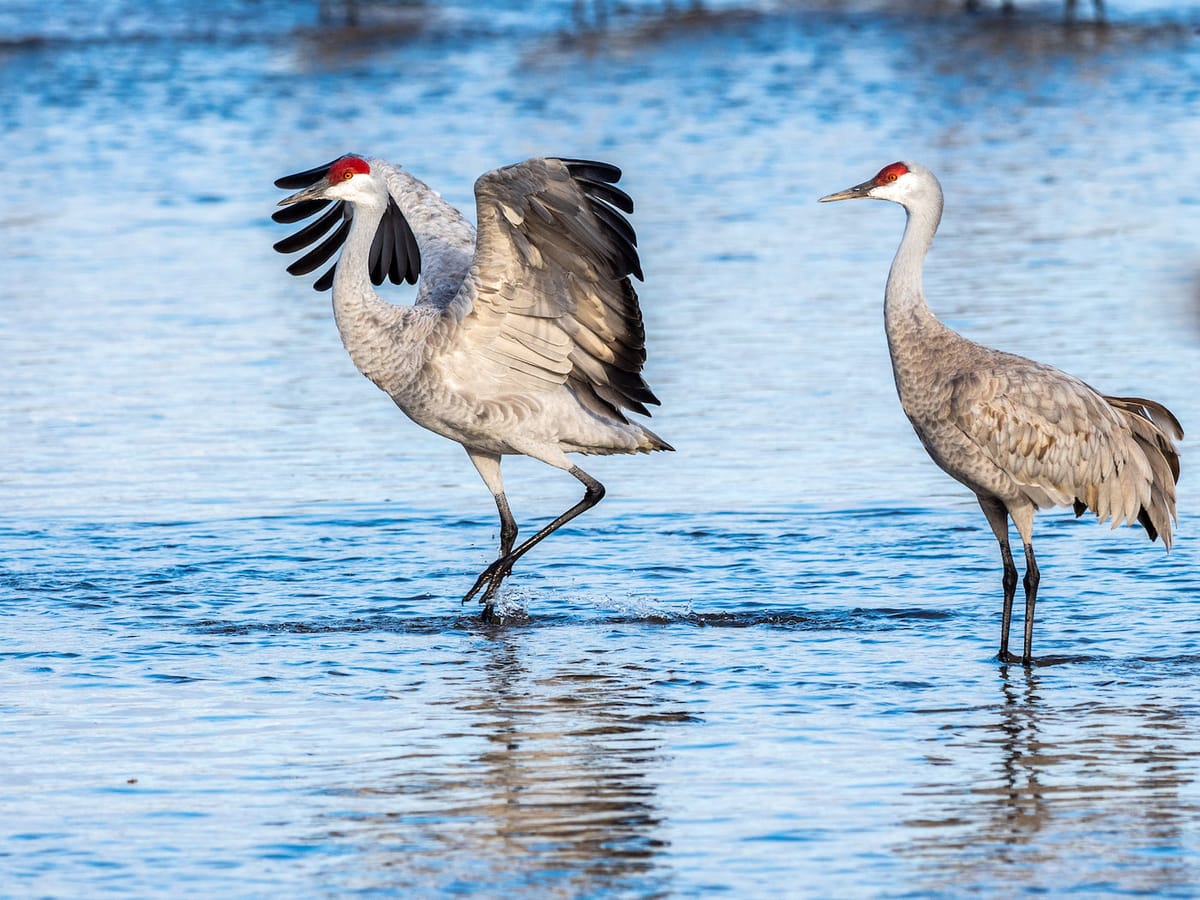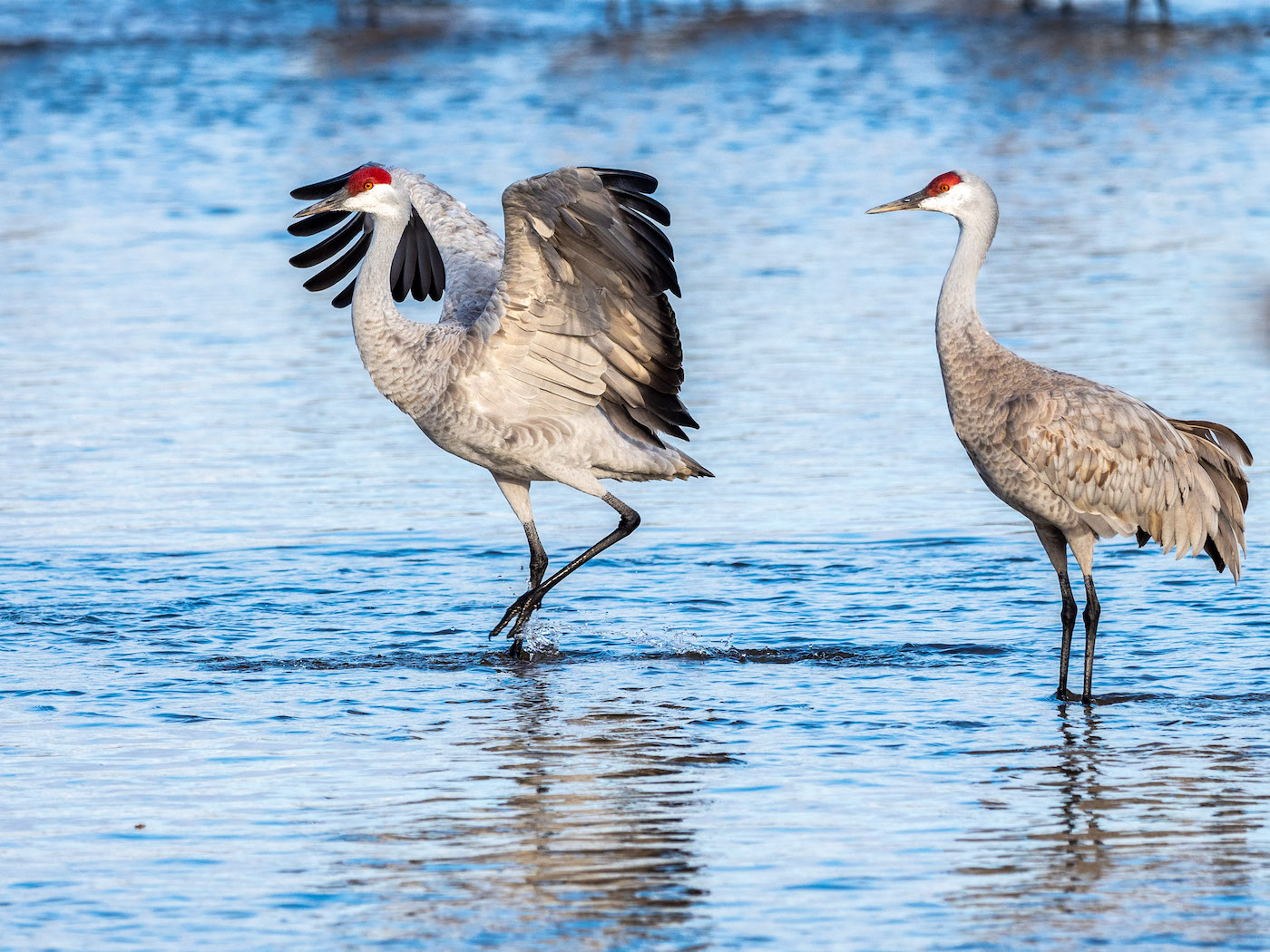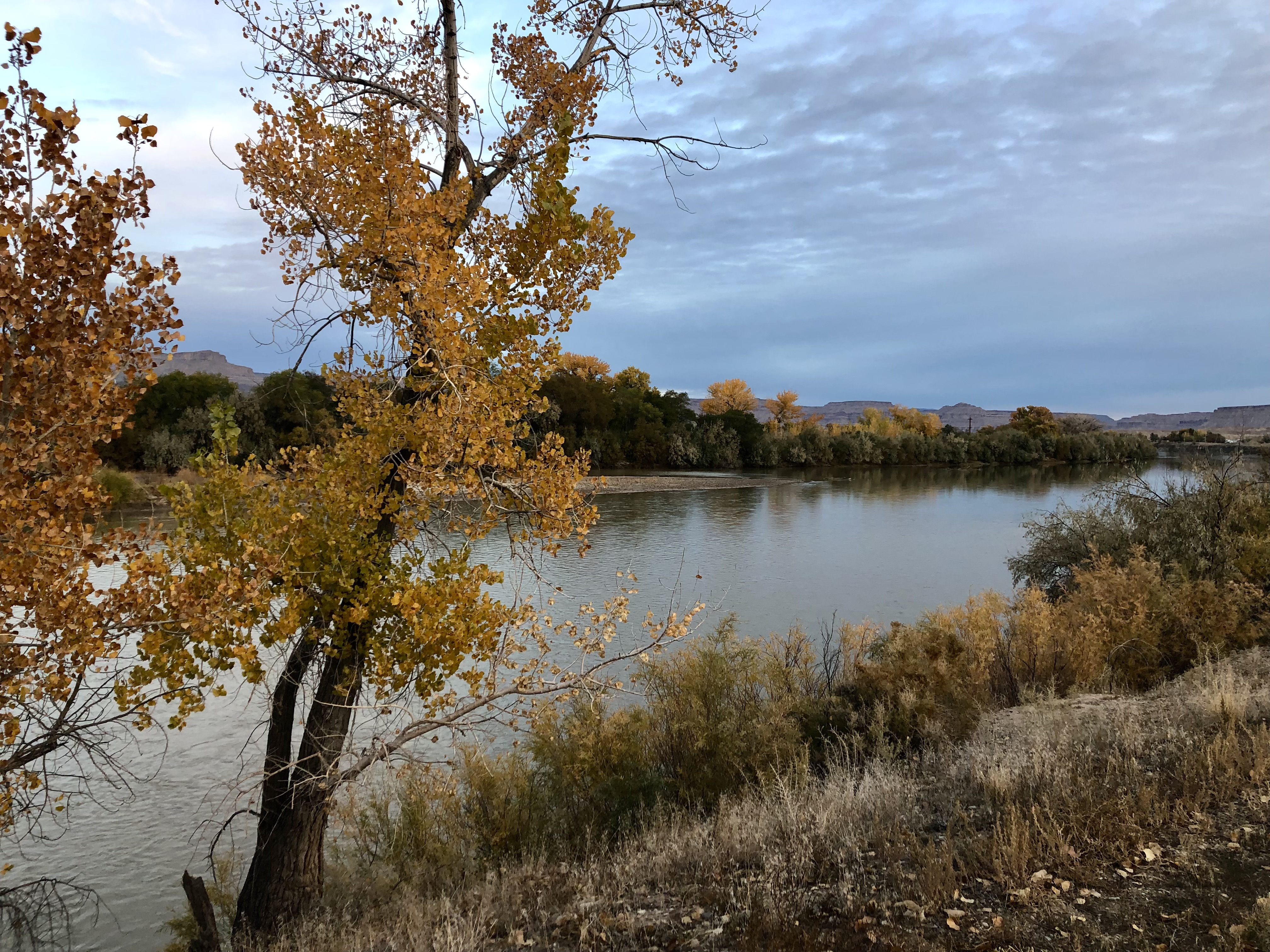Ribeye of the Sky
A Conservation Success Story

I grew up next to the Coconino National Forest. It was a place of solace and solitude for a nerdy introverted kid. It was my playground and in many ways my classroom.
I also was raised on the stories of Ernest Thompson Seton’s Wild Animals I Have Known. With its heavily anthropomorphized characterization of animals I doubt I would be able to stomach it today but this book and others like Farlay Mowat’s Never Cry Wolf certainly left this sensitive boy with a deep feeling for the wild and the animals who resided in it.
Early on I would become a conservationist. My family fished in Lake Ashurst, West Clear Creek, hiked into Chevelon canyon, camped in the San Juans, the southern Utah parks and one long memorable trip to Yellowstone.
My brother and I gathered petitions in elementary school to halt the slaughter of harp seal pups. I read Rachel Carson’s Silent Spring. I knew the status of many endangered species. Bald eagles, so easy to find where I live today, were represented by two in Northern Arizona. A long rocky drive out to Vail Lake to catch a glimpse.
Last fall I was reminded of one of the endangered species I was aware of back in the 70’s.
My father lives in a nursing home now and periodically they have meals for the families to all get together in the dining room. This last time we were seated with another family of Calvin, a resident who my dad knows well and dines with.
My wife and I were seated across from some of his nephews who were nice companions to talk to during the evening. There was some mention I overheard in the conversations ‘Ribeye of the sky’ and mention of Sandhill cranes. It seemed they were talking about going to hunt Sandhill cranes. I had to ask to confirm this and they said yes. The breast meat is red and is supposed to taste like ribeye steak.

‘But aren’t they endangered?’ I asked. They said there are tons to be seen as they migrate through Kearney Nebraska. ‘Huh! that sounds like good news. Any population being hunted must have recovered.’
I looked it up after dinner and indeed the population especially of the Greater Sandhill crane have rebounded from low estimates of about 1,000 individuals in 1940 to about 100,000 today. The Lesser Sandhill Crane numbers much more at about 400,000.
The Mississippi Sandhill Crane has lost the most and as of 2013 had only 25 breeding pairs in intensively managed refuges. The recovery of the Sandhill Cranes is a story of intensive conservation and captive breeding programs. Through the 2000’s their range has continued to expand.
My wife and I travelled not long after that evening to visit friends in Southern Colorado. We gave a thought to a long detour to visit Kearney to see them but it turns out they are only there for the spring migration. The Sandhill has different migration patterns in the fall.
We were driving through the San Luis Valley and the Monte Vista Wildlife Refuge might have some. Alas the weather was worsening and we were concerned about difficulties getting through Wolf Creek Pass. So we gave it a miss.
On our return however we stayed in Green River Utah. I was up early in the morning to walk the dog at a small park along the Green River. I was enjoying the morning when I heard some strange bird noises across the river. Curious I looked as some birds rose from the fields on the far shore and lo and behold there were groups of Sandhill Cranes. The first I recall having seen in my life.

Attention is a funny thing. What blessing it brings one can never tell.
The efforts we make to conserve these and other species pay wonderful dividends.


